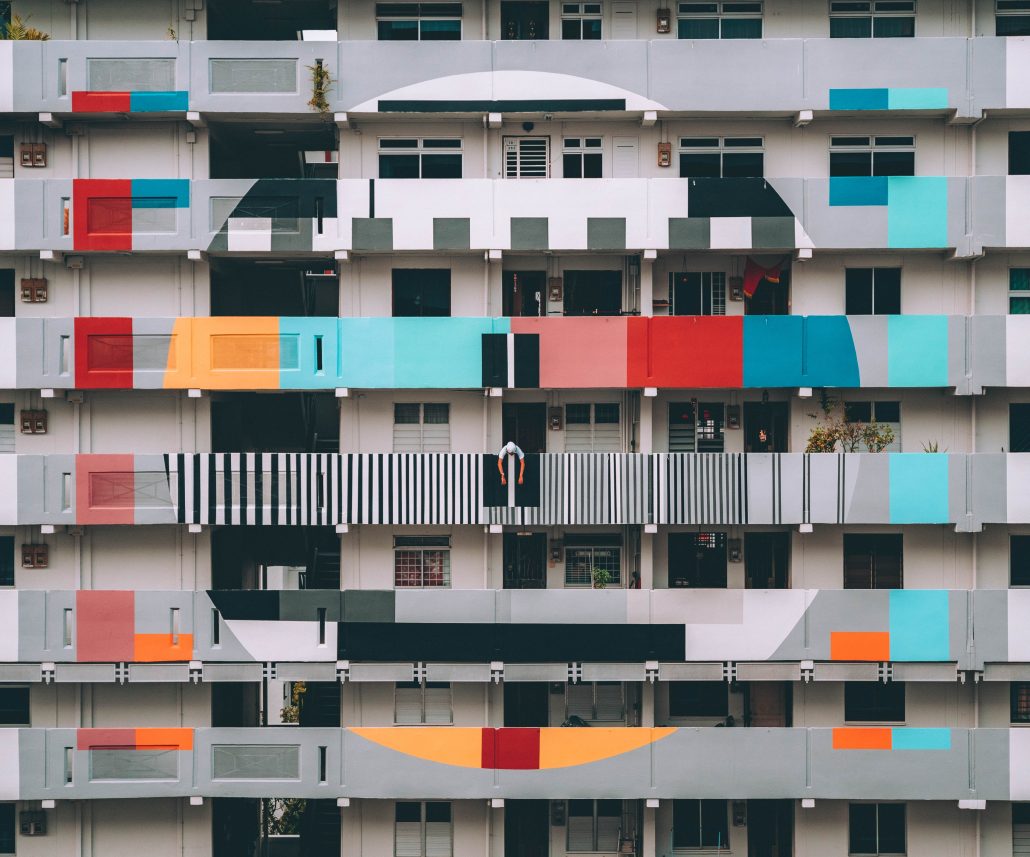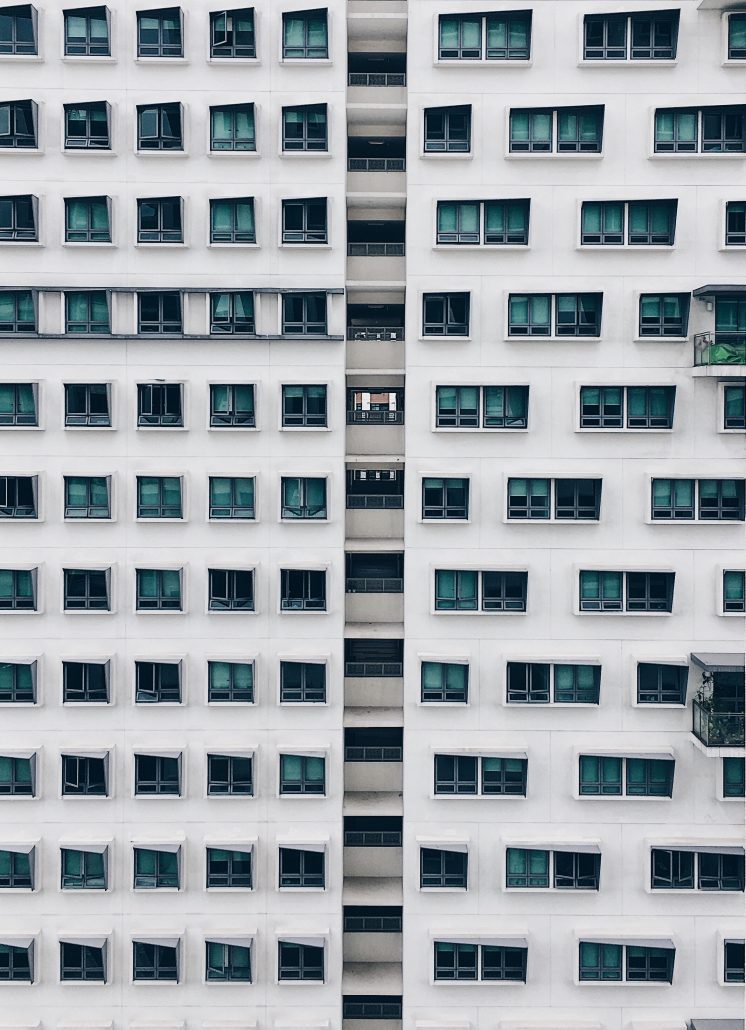Nearly 30% of Singaporeans own more than one residential property, according to the Singapore Business Review. Yes, you can quote me to your hesitant spouse. While owning a second property is not uncommon, the questions “is it really necessary?” or “what are the procedures?” still looms overhead.
As much as we want to say, ‘just do it’ (and do get it done with me), there are 3 questions you should ask yourself before sinking your teeth into looking for the next show flat to visit. For most people, navigating the Singapore property legislation is not an easy feat; you don’t want to realise at the end that you’re unable to even purchase your property.
1. What type of property am I looking for?
It is not as straightforward as just ‘public’ or ‘private’ housing. In each category, there are sub-categories, with each sub-category resulting in a different course of action.
Public housing includes Housing Development Board (HDB) flats – ranging from 2-room flexi flats to executive flats, Design, Build and Sell Scheme (DBSS) flats, Housing and Urban Development Corporation (HUDC) flats and Executive Condominiums (EC).
On the other hand, private housing consists of condominiums, apartments, walk-ups, conservation houses, terraces, shop houses, town houses, cluster houses, semi-detached houses, bungalows and good class bungalows.
The table below is a concise checklist on what you need to do before you can buy your second property, since you already have a residential property under your name.
| What I currently own | What is required of me if I want to buy… | |
| Public housing |
|
|
| Private housing |
|
|
2. Why am I purchasing a second property?
The purpose of your purchase would define the factors you need to consider before buying your second residential property. Hence you need to ask yourself: are you looking to invest? Or are you planning to stay there? The table below sums up the few most relevant factors you should consider.
| Factors to consider | Purpose of Purchase | |
| Investment | Residence | |
| Location | The location of your property will give you an idea of the type of tenants you are likely to attract. If you are looking at targeting expats, try the Central Business District (CBD). If you are looking at targeting students, time to take a journey to the west. | If you like the hustle and bustle of the city, you can try the CBD as well. If you appreciate communal living, hit the heartlands. |
| Rental Rate | You want to spend money to make money. The rental rate you charge should ideally cover or even exceed your monthly loan repayments. | N/A |
| Surrounding developments, amenities, transport networks | These factors will affect the rent you can fetch as well as the profile of tenants you are likely to attract. | I’m sure you do not want to end up with a property that you got for a good price but is miles away from the nearest MRT station or supermarket. In spite of the government’s efforts to increase connectivity, accessibility still remains a prominent factor when deciding on a property to purchase. |
| Upcoming developments | With plans to make the Jurong Lake District Singapore’s second CBD, surrounding residential areas are likely to experience a soar in home prices. Henceforth, it is important to research on the upcoming plans for the area in which your second property is located in, to analyze the possible impacts of those plans on the rental of your property. | Be it for investment or residence, upcoming developments will have positive or negative impacts on your property. Therefore, it is consequential that you do your homework before making a purchase. |
3. Can I afford it?
Being able to cover the purchase price of the property is not the only cost you will incur when purchasing that property. Here is a list of other costs that are associated with the purchase of a second property:
ABSD was first introduced on 7th December 2011 as one of the measures the Singapore government adopted to cool the property market. In 2013, the ABSD was further revised to curb demand in the property market. Current ABSD rates are shown in the table below.
This translates to paying an additional 7% of the purchase price or current market value of the property, whichever is higher, on top of the purchase price itself, assuming you are a citizen of Singapore.
-
Minimum Down payment
Unlike your first property (where minimum cash down payment is no more than 5%), minimum cash down payment for your second property is threefold. Only the next 25% can be paid by either cash or CPF. To illustrate this, you will need to pay a 25% minimum upfront cash payment of SGD$250,000 for a property that is SGD$1,000,000.
Even if you can meet this criterion and are planning to utilize the funds in your Central Provident Fund (CPF) account to pay the next 25%, you will first need to set aside a minimum of SGD$166,000 as part of your Basic Retirement Sum.
-
Loan-to-value (LTV) Ratio
According to the Monetary Authority of Singapore (MAS), for individuals obtaining a second housing loan, the LTV limits will be lowered to 50% for loan tenures up to 30 years, and 30% for loan tenures exceeding 30 years or have loan periods extending beyond the buyer’s retirement age of 67. This means that the amount you are entitled to borrow is drastically reduced.
Property taxes must be paid whether you are planning to buy your second property for investment or residence. Owner-occupied tax rates range from 4% to 16% while residential (non-owner occupied) tax rates ranges from 10% to 20%.
Additionally, if you intend to reside in your second property, owner-occupied rates for your first property will be withdrawn.
TDSR is now capped at 60% and if you already have a loan for your first property and are intending to obtain another loan for your second property, the loan quantum for your second loan may be lowered if your existing TDSR is high.
Want to find the best mortgage rate in town? Check out our free comparison service to learn more!
Read more of our posts below!




